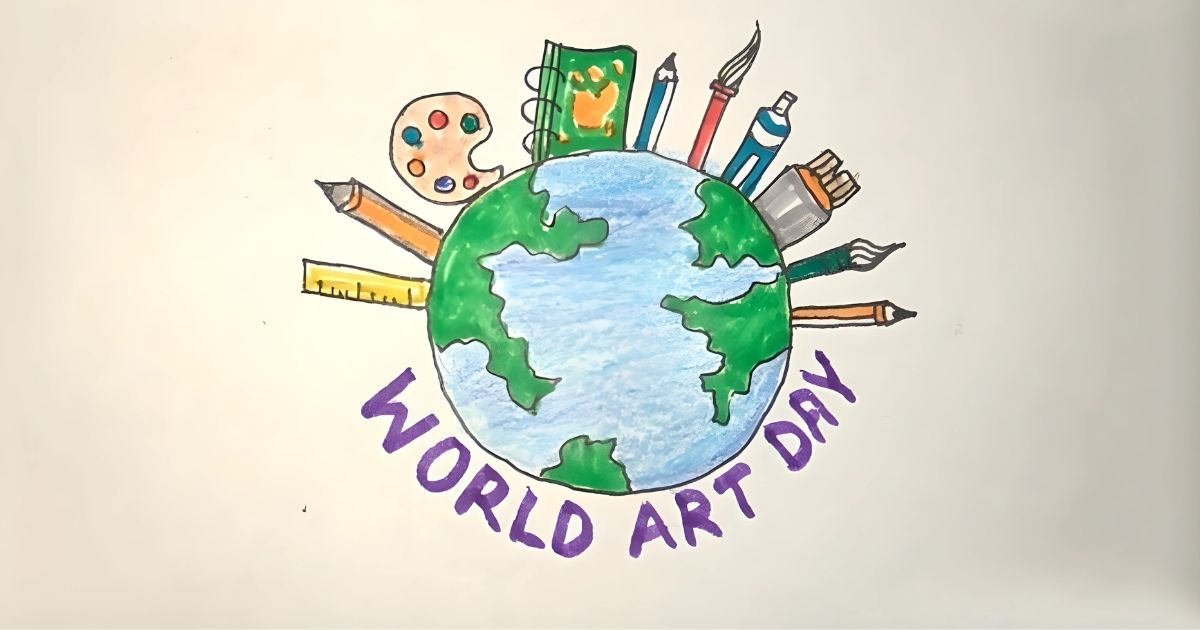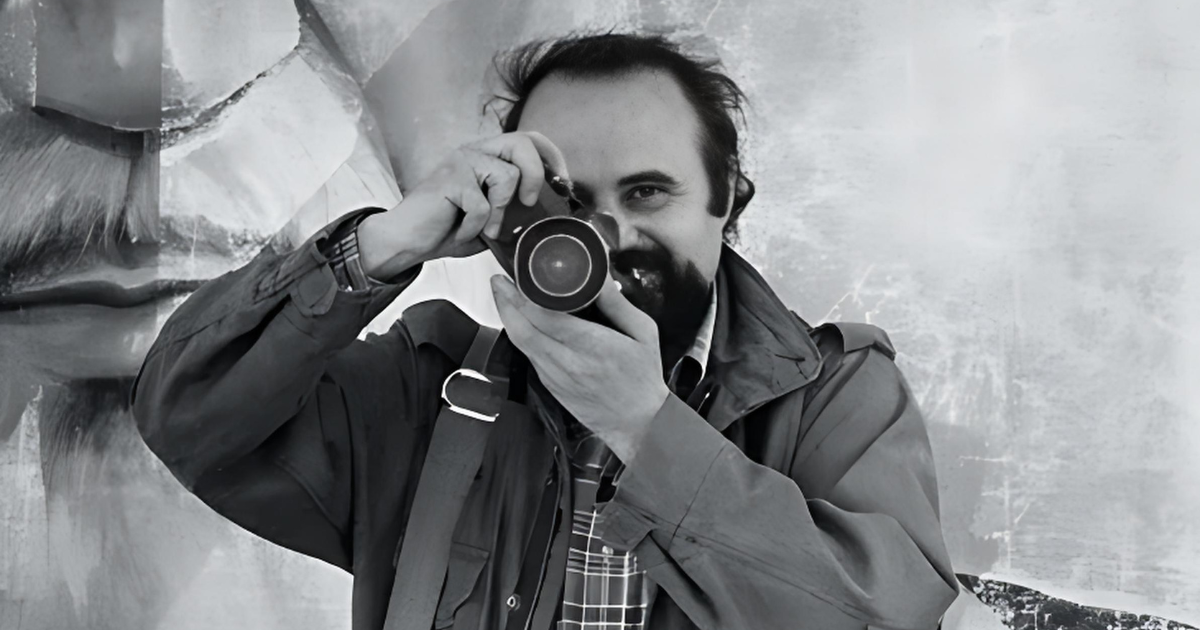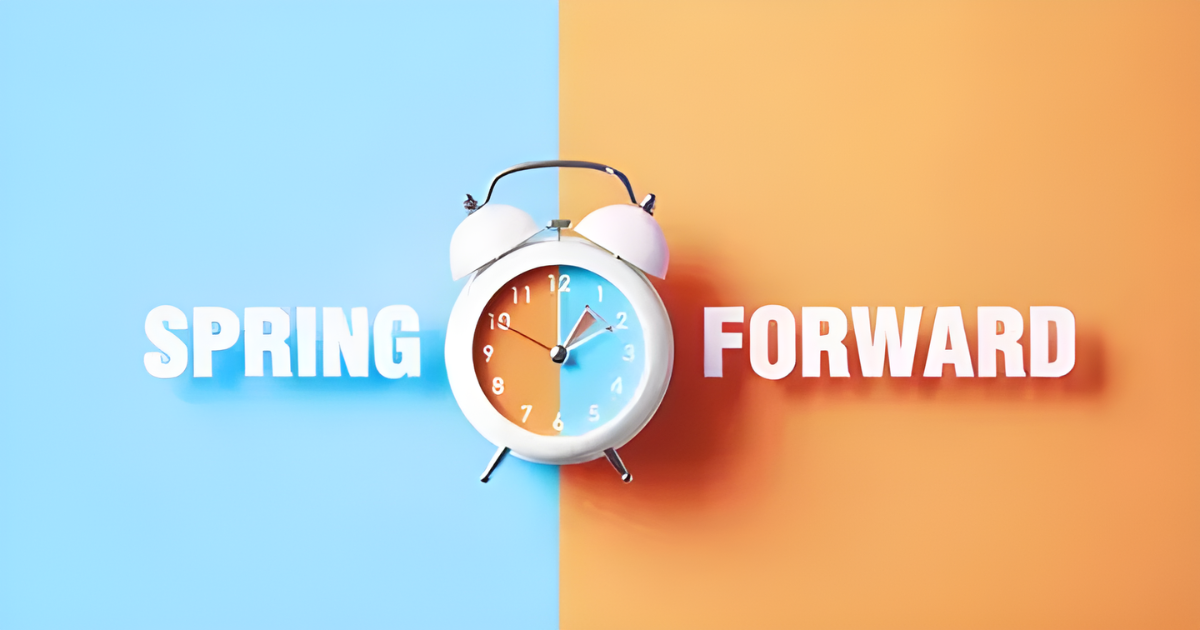Introduction to World Art Day
World Art Day is an annual event celebrated on April 15 to promote the development, diffusion, and enjoyment of art worldwide. Initiated by the International Association of Art (IAA), a non-governmental organization, World Art Day was first observed in 2012 and has since gained global recognition as a day to celebrate the diversity and richness of artistic expression.
The purpose of World Art Day is to foster greater appreciation for the arts, encourage artistic creativity, and raise awareness about the essential role that art plays in shaping human culture and individual well-being. By highlighting the transformative power of art, this observance aims to inspire people of all backgrounds to engage with and support the arts in their communities.
History and Significance of World Art Day
The idea for World Art Day was conceived by the International Association of Art (IAA), a non-governmental organization that represents the interests of visual artists worldwide. The IAA, founded in 1951, is dedicated to promoting the rights and interests of artists, as well as fostering international cooperation and understanding through art.
In 2012, the IAA proposed the establishment of World Art Day as a way to celebrate the universal language of art and its ability to bring people together, transcending cultural and linguistic barriers. The date of April 15 was chosen to commemorate the birthday of Leonardo da Vinci, one of the most renowned and influential artists in history.
The first World Art Day was celebrated on April 15, 2012, with events and activities organized by the IAA and its member organizations in countries around the world. Since then, World Art Day has continued to grow in scope and significance, with an increasing number of individuals, organizations, and governments participating in the celebration.
The significance of World Art Day lies in its ability to highlight the transformative power of art and its profound impact on human civilization. Art has the unique capacity to express human emotions, convey cultural narratives, and challenge societal norms. By celebrating World Art Day, the global community acknowledges the essential role of art in shaping our understanding of the world and our place within it.
Themes and Objectives of World Art Day 2024
For World Art Day 2024, the overarching theme is A GARDEN OF EXPRESSION: Cultivating Community through Art.” This theme reflects the growing recognition of art’s potential to address pressing social, environmental, and political issues and drive positive transformation in communities around the world.

The key objectives of World Art Day 2024 are:
- Promoting Social Inclusion and Diversity: Celebrating the diversity of artistic expression and using art as a medium to foster greater social inclusion, understanding, and appreciation of different cultures and perspectives.
- Addressing Environmental Challenges: Highlight the ways in which art can raise awareness about environmental issues, inspire sustainable practices, and advocate for the preservation of the natural world.
- Empowering Marginalized Communities: Showcasing how art can be a tool for marginalized communities to amplify their voices, challenge injustice, and promote equity and social justice.
- Enhancing Well-being and Mental Health: Exploring the therapeutic and restorative properties of art and its ability to improve mental health, reduce stress, and enhance overall well-being.
- Inspiring Youth and the Next Generation: Engaging young people in the arts and encouraging them to use their creative talents to contribute to positive social change and shape a more just and sustainable future.
By focusing on these themes, World Art Day 2024 aims to demonstrate the transformative power of art and its potential to address some of the most pressing challenges facing our global community.
Scoring Deals and Freebies on World Art Day
While World Art Day isn’t primarily about discounts and freebies, you can often find some exciting opportunities to experience art for less or even for free on this special day! Here are some tips to maximize your artistic exploration on a budget:
Museum and Gallery Free Admission: Many museums and art galleries offer free admission on World Art Day (April 15). Check the websites or social media pages of your local institutions closer to the date to confirm any special offers or free entry days.
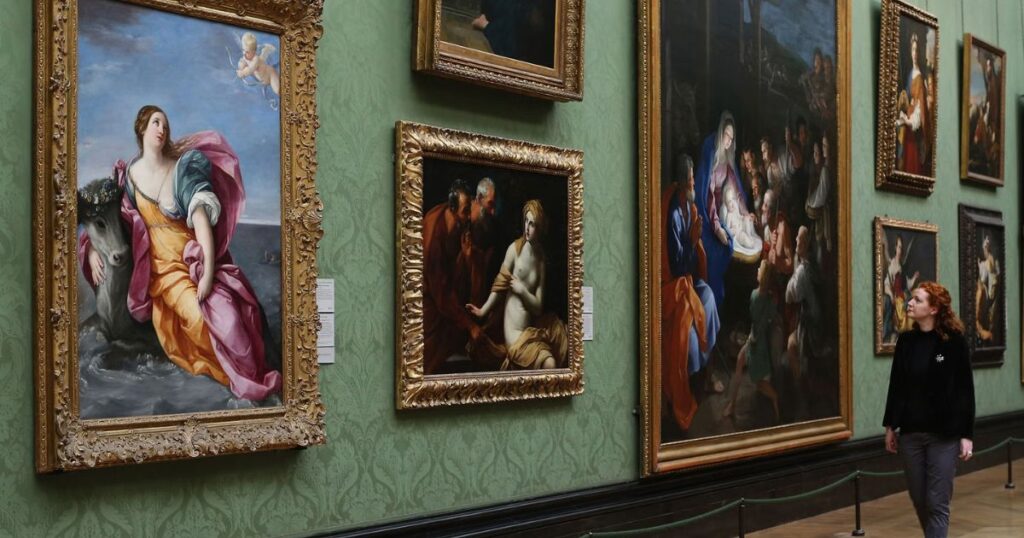
Double-check for Extended Hours: Some museums might extend their operating hours on World Art Day, allowing you to explore their collections for a longer period.
Special World Art Day Events: Keep an eye out for special events organized by museums, art centers, or community groups. These might include free workshops, artist talks, film screenings, or open studio tours, offering unique insights into the artistic world.
Public Art Walks and Tours: Some cities organize free guided tours of public art installations on World Art Day. This is a fantastic way to explore your city’s artistic landscape and discover hidden gems you might have missed before.
Online Resources and Virtual Exhibits: Numerous online platforms offer free access to virtual tours of renowned museums and galleries. Take advantage of World Art Day to explore these virtual exhibits and expand your artistic horizons from the comfort of your home.
Look for Free Art Classes or Workshops: Some art schools or community centers might offer free introductory art classes or workshops on World Art Day. This is a perfect opportunity to try your hand at a new artistic technique or rediscover a hidden talent.
Follow Art Organizations and Artists on Social Media: Many art institutions and individual artists leverage social media to promote events and special offers. Stay updated by following them on platforms like Facebook and Instagram to discover any World Art Day deals or discounts they might be promoting.
Local Artist Markets and Festivals: World Art Day might coincide with local art fairs or street art festivals. These events often provide opportunities to purchase unique artwork directly from artists, sometimes at special promotional prices.
Remember, the true value of World Art Day lies in the experience itself. While freebies and discounts can enhance your exploration, the most important takeaway is the appreciation you gain for art and its diverse expressions. Embrace the spirit of this day by engaging with art in new ways, supporting local artists, and celebrating the power of creativity!
Celebrations and Events for World Art Day 2024
World Art Day 2024 will feature a diverse array of celebrations and events around the world, organized by a wide range of stakeholders, including governments, cultural institutions, non-profit organizations, and individual artists.
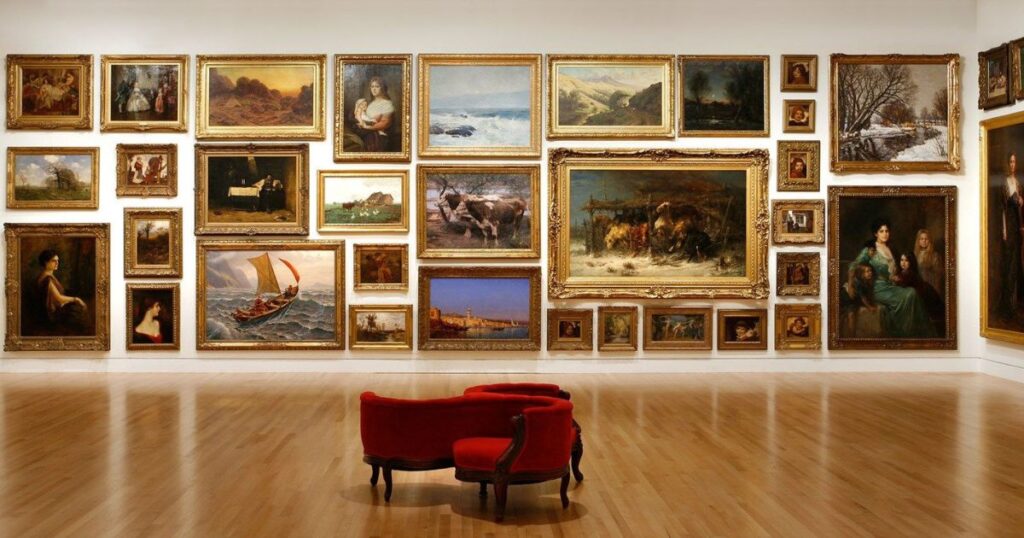
Global Initiatives
- World Art Day Global Summit: The International Association of Art (IAA) will host a virtual global summit, bringing together artists, art educators, policymakers, and community leaders to discuss the role of art in driving social change and to share best practices and innovative approaches.
- World Art Day Virtual Exhibition: The IAA, in collaboration with leading art museums and galleries, will curate a virtual exhibition showcasing artworks from artists around the world that explore the theme of “Art for Social Change.”
- World Art Day Social Media Campaign: The IAA will launch a coordinated social media campaign, encouraging people to share their artistic creations, participate in online workshops and discussions, and use the #WorldArtDay2024 hashtag to connect with the global community.
Regional and Local Celebrations
- Regional Art Festivals: Cities and regions around the world will host art festivals and cultural events that celebrate the diversity of artistic expression and its ability to address local social and environmental challenges.
- Community Art Workshops: Non-profit organizations and community centers will organize hands-on art workshops, inviting people of all ages and backgrounds to explore the transformative power of creative expression.
- Public Art Installations: Artists and local governments will collaborate to create large-scale public art installations that engage the community and raise awareness about social and environmental issues.
- School-based Art Initiatives: Educational institutions, from primary schools to universities, will integrate art-based learning and activities into their curricula, empowering students to use their creative talents to make a positive impact.
- Art Therapy Programs: Healthcare providers, mental health professionals, and community organizations will offer art therapy sessions and workshops to promote well-being and support individuals in their journeys of personal and collective healing.
These are just a few examples of the diverse range of celebrations and events that will take place around the world for World Art Day 2024. The goal is to ensure that the observance reaches every corner of the globe and inspires people of all backgrounds to engage with and support the arts.
The Role of Art in Addressing Social and Environmental Challenges
In the context of World Art Day 2024, the theme of “Art for Social Change” underscores the powerful role that art can play in addressing some of the most pressing social and environmental challenges facing our world.
Social Inclusion and Diversity
Art has the unique ability to transcend language and cultural barriers, fostering greater understanding and appreciation of diverse perspectives and experiences. Through art, marginalized communities can amplify their voices, challenge dominant narratives, and promote social inclusion and equity.
For example, the “Reconciliation Through the Arts” initiative in Canada has used art-based projects to bring Indigenous and non-Indigenous communities together, facilitating dialogues and promoting reconciliation.
Environmental Advocacy and Sustainability
Artists around the world are using their creative talents to raise awareness about environmental issues, such as climate change, pollution, and biodiversity loss. By creating thought-provoking works that capture the beauty and fragility of the natural world, these artists inspire action and encourage sustainable practices.
One such example is the “Earth Guardians” initiative, which empowers young people to use art and storytelling to advocate for environmental protection and climate justice.
Empowering Marginalized Communities
Art can be a powerful tool for marginalized communities to challenge social inequities, address systemic barriers, and promote social justice. From murals depicting historical struggles to performance art that confronts oppression, art can amplify the voices of those who have been historically marginalized.
The “Afrographicarts” collective in South Africa, for instance, uses street art and graphic design to highlight issues of racial discrimination and advocate for racial equity.
Enhancing Well-being and Mental Health
The therapeutic and restorative properties of art have been well-documented, with numerous studies demonstrating the positive impact of creative expression on mental health and overall well-being. Art-based interventions have been used to support individuals and communities in their journeys of healing and personal growth.
The “Art Therapy Without Borders” initiative, for example, provides art therapy services to individuals and communities affected by natural disasters, conflict, and other forms of trauma.
Inspiring Youth and the Next Generation
By engaging young people in the arts, we can empower them to use their creative talents to contribute to positive social change and shape a more just and sustainable future. Art-based education and youth-led initiatives have the potential to inspire the next generation of changemakers and innovators.
The “Art for Change” program in India, for instance, works with underserved youth to use art as a tool for personal development, social activism, and community building.
These examples illustrate the transformative power of art in addressing some of the most pressing social and environmental challenges of our time. As we celebrate World Art Day 2024, we must continue to recognize and support the vital role that art plays in driving positive change and shaping a more equitable, sustainable, and just world.
The Evolving Landscape of Art and Technology
In the rapidly changing world of the 21st century, the intersection of art and technology has become increasingly important, opening up new avenues for artistic expression, creative collaboration, and the dissemination of art.
Digital Art and New Media
The advent of digital technologies has revolutionized the art world, giving rise to new forms of artistic expression, such as digital painting, generative art, interactive installations, and virtual reality experiences. These new media have not only expanded the creative possibilities for artists but have also challenged traditional notions of art and authorship.
One prominent example of the impact of digital art is the rise of NFTs (Non-Fungible Tokens), which have allowed artists to create and sell unique digital artworks, enabling a new model of digital ownership and scarcity.
Collaborative and Participatory Art
Technology has also facilitated more collaborative and participatory approaches to art, enabling artists to engage with audiences in new and innovative ways. From crowdsourced murals to online art communities, the digital realm has fostered a more inclusive and interactive art landscape.
The “Art.com” platform, for instance, has created a global community of artists and art enthusiasts who collaborate on interactive art projects, blurring the lines between creator and audience.

Art and Social Media
Social media platforms have become a powerful tool for artists to share their work, connect with audiences, and drive social change. Artists have leveraged the reach and immediacy of social media to raise awareness about important issues, mobilize support for social and environmental causes, and engage with diverse communities.
The “#MuseumChallenge” on TikTok, for example, has inspired millions of users to share their creative interpretations of famous artworks, democratizing the art experience and promoting greater engagement with cultural institutions.
Emerging Technologies and the Future of Art
As technology continues to evolve, new and exciting possibilities are emerging for the future of art. Advancements in fields such as artificial intelligence, robotics, and biotechnology are opening up new avenues for artistic exploration and innovation.
For instance, the use of AI in the creative process has led to the emergence of “computational creativity,” where algorithms are used to generate novel artworks, challenging traditional notions of authorship and creativity.
Similarly, the integration of biotechnology and art, known as “bio art,” has enabled artists to explore the boundaries of life, nature, and the human condition, raising important questions about the ethical implications of these technologies.
As we celebrate World Art Day 2024, it is essential to recognize the transformative role that technology is playing in shaping the art world and to consider the implications of these technological advancements for the future of creative expression and cultural engagement.
The Importance of Art Education and Community Engagement
Art education and community engagement are crucial components in fostering a vibrant and inclusive art ecosystem, particularly in the context of World Art Day 2024 and its focus on “Art for Social Change.”
Art Education
Robust art education programs, from primary schools to universities, play a vital role in cultivating artistic skills, critical thinking, and cultural awareness among individuals of all ages. By providing access to diverse artistic disciplines and encouraging creative expression, art education can help develop the next generation of artists, art advocates, and engaged citizens.
One example of a successful art education initiative is the “Art in Action” program in the United States, which integrates art-based learning into the curriculum of underserved schools, empowering students to use their creative talents to address local community challenges.
Community-based Art Initiatives
Community-based art initiatives, such as public art projects, artist-in-residence programs, and arts-focused community centers, can foster greater social inclusion, strengthen community ties, and promote the use of art as a tool for social change.
The “Mural Arts Program” in Philadelphia, for instance, has commissioned hundreds of large-scale public murals that reflect the diverse cultural heritage and lived experiences of the city’s residents, enhancing civic pride and community cohesion.
Artist-Community Collaboration
Collaborations between artists and community members can lead to the creation of powerful, impactful artworks that address pressing social and environmental issues. These collaborative projects not only engage the community but also empower artists to use their talents to drive positive change.
The “Rebirth Brass Band” in New Orleans, for example, has collaborated with residents to create music and performances that celebrate the city’s rich cultural heritage and resilience in the face of natural disasters and economic challenges.
Accessibility and Inclusivity in the Arts
Ensuring that the arts are accessible and inclusive to all members of the community, regardless of their socioeconomic status, physical abilities, or cultural background, is essential for fostering a more equitable and just art ecosystem.
Organizations such as “Art Beyond Sight” have developed innovative programs and resources to make the arts more accessible to individuals with visual impairments, promoting greater inclusion and participation in the art world.
By prioritizing art education and community engagement, we can ensure that the arts remain a vibrant, inclusive, and transformative force in our societies, empowering individuals and communities to address pressing social and environmental challenges.
The Global Impact of World Art Day 2024
As World Art Day 2024 approaches, the global impact of this observance is expected to grow, with more countries, organizations, and individuals participating in the celebration and using art as a tool for positive change.
Increased Awareness and Appreciation for the Arts
Through the various events, exhibitions, and initiatives organized for World Art Day 2024, the global community will have the opportunity to deepen its understanding and appreciation for the arts, recognizing their essential role in shaping human culture and driving social progress.
This increased awareness can lead to greater support for the arts, both in terms of funding and policy, as well as a stronger public engagement with artistic expression.
Fostering International Cooperation and Dialogue
World Art Day 2024 will provide a platform for artists, cultural organizations, and policymakers from around the world to come together, share ideas, and collaborate on projects that address global challenges.
This international cooperation and dialogue can lead to the development of cross-cultural partnerships, the exchange of best practices, and the creation of innovative, impactful, art-based initiatives that have the potential to inspire positive change on a global scale.
Empowering Marginalized Communities
The theme of “Art for Social Change” for World Art Day 2024 will shine a spotlight on the ways in which art can be used to empower marginalized communities, amplify their voices, and challenge systemic inequities.
By elevating the work of artists and art-based initiatives that focus on issues of social justice, World Art Day 2024 can help raise awareness, inspire action, and foster greater inclusion and equity within the art world and beyond.
Promoting Sustainable Development
As the global community grapples with pressing environmental challenges, World Art Day 2024 will provide an opportunity to showcase the ways in which art can be used to raise awareness about sustainability, advocate for environmental protection, and inspire innovative solutions to address climate change and other ecological issues.
By highlighting the work of eco-conscious artists and art-based initiatives, World Art Day 2024 can contribute to the broader efforts to achieve the United Nations Sustainable Development Goals and build a more sustainable future.
Enhancing Individual and Collective Well-being
The therapeutic and restorative properties of art have the potential to positively impact individual and collective well-being, particularly in the context of the ongoing challenges posed by the COVID-19 pandemic and other societal stressors.
World Art Day 2024 can serve as a platform to promote the use of art-based therapies, community-based art initiatives, and other programs that support mental health, personal growth, and collective healing.
As the world celebrates World Art Day 2024, the global impact of this observance will be felt in a myriad of ways, from increased support for the arts to the fostering of international cooperation and the empowerment of marginalized communities. By recognizing the transformative power of art, we can work together to build a more equitable, sustainable, and compassionate world.
Conclusion: The Future of World Art Day
As we look towards the future of World Art Day, it is clear that this observance will continue to evolve and grow in significance, reflecting the ever-changing landscape of art, culture, and global challenges.
Expanding Reach and Engagement
In the years to come, World Art Day is likely to reach an even wider global audience, with more countries, organizations, and individuals participating in the celebrations and using art as a tool for social change. This expanded reach and engagement will be crucial in amplifying the message of the observance and inspiring more people to become active participants in the art ecosystem.
Technological Innovations and New Media
The continued advancements in digital technologies and new media will undoubtedly shape the future of World Art Day, opening up new avenues for artistic expression, creative collaboration, and the dissemination of art. From virtual and augmented reality experiences to the integration of artificial intelligence and biotechnology, the art world will continue to evolve, and World Art Day will need to adapt and embrace these technological innovations.
FAQs:
What is the theme for World Art Day 2024?
As of April 15, 2024, there hasn’t been an official theme announced for World Art Day 2024. However, the core values of the day remain constant: celebrating artistic diversity, the power of art in society, the importance of art education, and art’s contribution to sustainable development.
Is there a national art day?
Many countries don’t have a designated National Art Day. However, World Art Day, celebrated internationally on April 15, provides a platform for national and local celebrations of art.
Why is Artist Day celebrated?
There isn’t a specific “Artist Day” on the global calendar. World Art Day, on April 15, broadly celebrates the contributions of artists and the power of art itself.
Is there a World Art Day?
Yes! World Art Day is celebrated internationally on April 15. It’s a day dedicated to promoting the development, diffusion, and enjoyment of art across the globe.
Who created World Art Day?
World Art Day was initiated by the International Association of Art (IAA) in 1998.
Who started Art Day?
The International Association of Art (IAA) is credited with starting World Art Day in 1998.
What is the history of World Art Day?
Established in 1998 by the IAA, World Art Day commemorates the birthday of Leonardo da Vinci, a renowned artist. It has evolved into a global celebration promoting art’s significance and fostering cultural understanding.
What day did art start?
Art has existed throughout human history, with evidence of early artistic expressions dating back tens of thousands of years.
What are art quotes?
“Art washes away from the soul the dust of everyday life.” – Pablo Picasso
There are countless inspiring quotes about art. You can find many online resources dedicated to art quotes from famous artists, thinkers, and writers.
What is an introduction to world art?
An introduction to world art typically explores the history and diverse forms of artistic expression across different cultures and periods. This could involve studying painting, sculpture, architecture, music, literature, and other creative disciplines.
What is present-day art?
Present-day art, also known as contemporary art, refers to artworks created by living artists. It encompasses a wide range of styles, concepts, and media, reflecting the ever-evolving artistic landscape and contemporary social issues.

